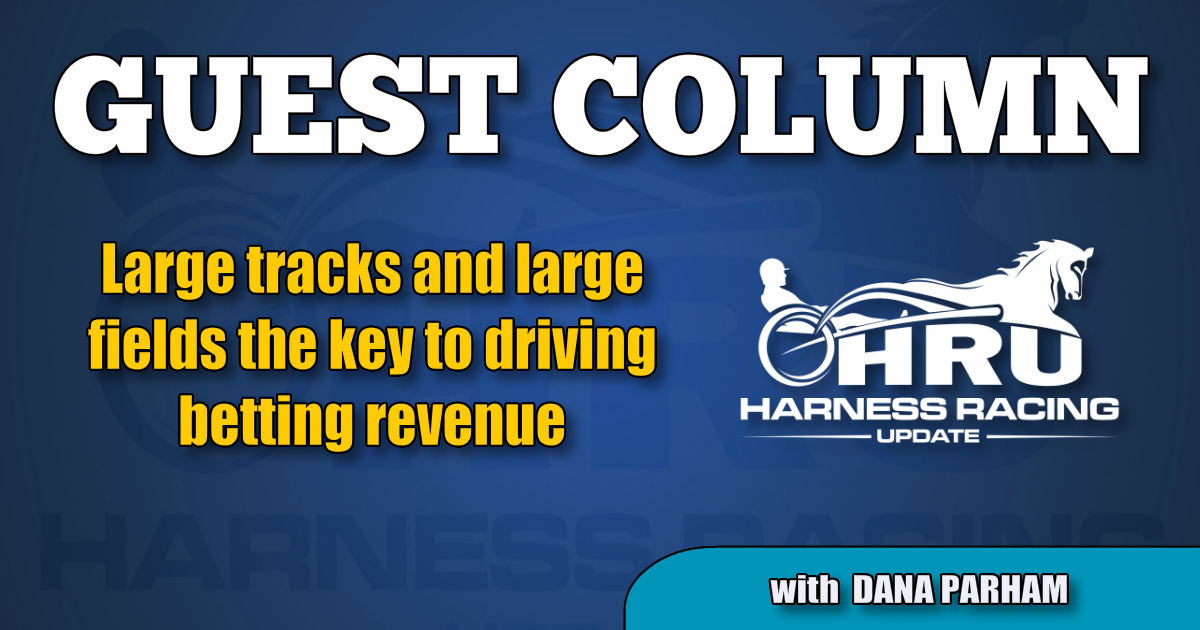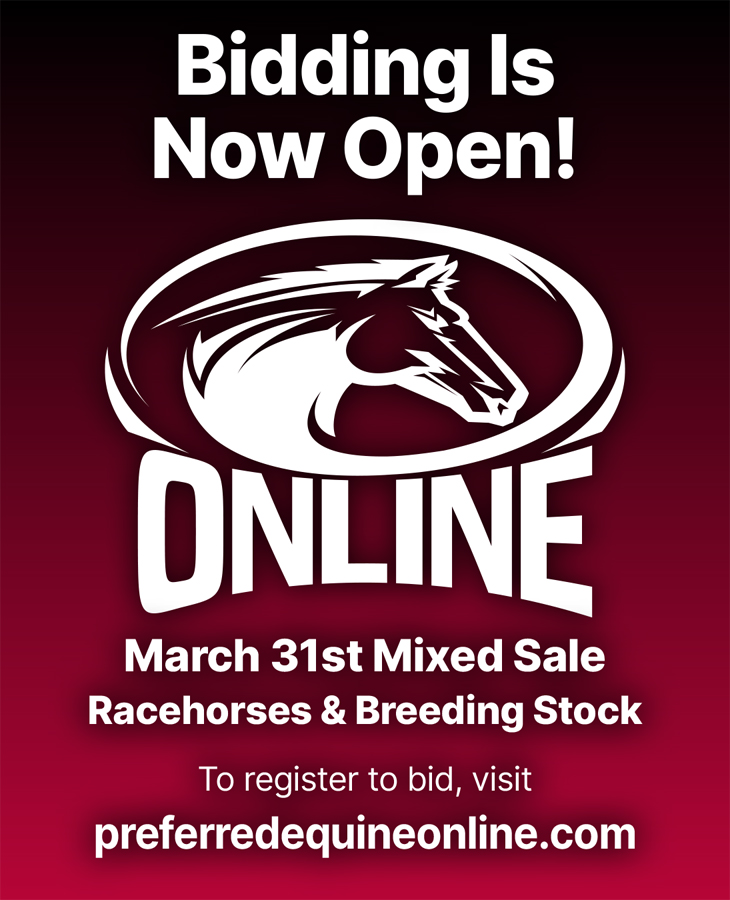Large tracks and large fields the key to driving betting revenue
by Dana Parham
I would like to write a few guest columns for HRU as long as they will have me. What gives me the basis to write anything about harness racing? I’ll get back to that question in a moment, but first let me lay out those involved that make up our business.
In no particular order, we have breeders, racetrack owners, trainers, drivers, horse owners, advanced deposit wagering sites and gamblers. Getting back to my basis, my partner and I have over 100 pacing broodmares and many of them are of very high caliber. We also have interest in several well-known stallions. As an owner of standardbreds, I presently have interest in over 250 head. On the gambling aspect, from 1996 until 2016 no one wagered more money on North American horse racing than the group I started. I feel with my diverse background and the number of years I’ve been involved, that I have something to offer the reader.
In blackjack, the professional player needs to measure (what I call) rules vs. conditions. Rules consist of splitting, double after splitting, re-splitting of aces, and so forth. Conditions consist of table limits, deck penetration, selective shuffling, bet spread tolerance, and so on. When considering what track to wager at, the bettor is faced with similar considerations. Rules consist of race distance, takeouts, carryovers, mandatory payouts and other items. Conditions consist of size and condition of track, field size, competitiveness of the field, and more.
In general, the larger the track the bigger the field size and the more competitive the race will be. This is the advantage large tracks have over small tracks. The larger the field the more combinations the bettor is given, and the more wagering the race should see.An 8-horse field will produce 56 exacta combinations, 366 trifecta and 1680 superfecta combinations. A 10-horse field will produce 90, 720 and 5040 exacta, trifecta and superfecta combinations, respectively. On occasion, we sometimes see a 12-horse race. This would produce 132 and 1320 exacta and trifecta combos, and a whopping 11,880 superfecta combinations.
If we ever want to be a self-funding sport we will need a much greater handle. Large tracks and large fields is the best way to accomplish this. I realize than most owners and trainers are against larger fields but these same owners and trainers are being subsidized by casinos (for the most part) that would like nothing better than to get rid of us. If we could pay more of the expense we would be more welcome.
Things tracks could do to increase field size in overnight races might be to pay every horse in the race a token to help offset some of the expense. Tracks could pay a bonus to any horse that wins from a difficult post position. Fine any horse that scratches and any horse that does not attract a minimum amount of dollars in the win pool. Trainers/owners who take up a spot in an overnight race and then scratch leave the racetrack with less betting combinations to sell.
On-track bettors need to be given a better deal. My thoughts would be an instant rebate on the ticket that they bet. Say someone goes to the window and bets $30 to win and place, $20 worth of exactas and $15 worth of tri’s = $95. Right on the ticket it could read, amount wagered $95, amount owed $93. The more one wagers (depending on the pool) the greater the instant rebate. Tracks should encourage bettors to get a player’s card where additional rebates could be accrued. Data is the new oil in business, and a player’s card arms track management with all the data it needs to service and keep the players it has.
Tracks with high takeouts are just ripping off the bettor and creating a larger loss for themselves. Here is what a high takeout (Pennsylvania law allows a 35 per cent takeout on trifectas) does to the public. Say the track attracts $100,000 in trifecta wagers in the first race, and that throughout the rest of the card no new money will be wagered. Also, the original $100,000 will be re-bet on a 10-race card. After the first race the bettors are left with $65,000. After two races the betting public will be left with $42,250. After 5 races the betting public would have $11,603 out of its original $100,000. At the end of 10 races the betting public would have $1346 and the track would have $98,654.
There is so much more that could be written and I hope to have the opportunity to share my thoughts.

















